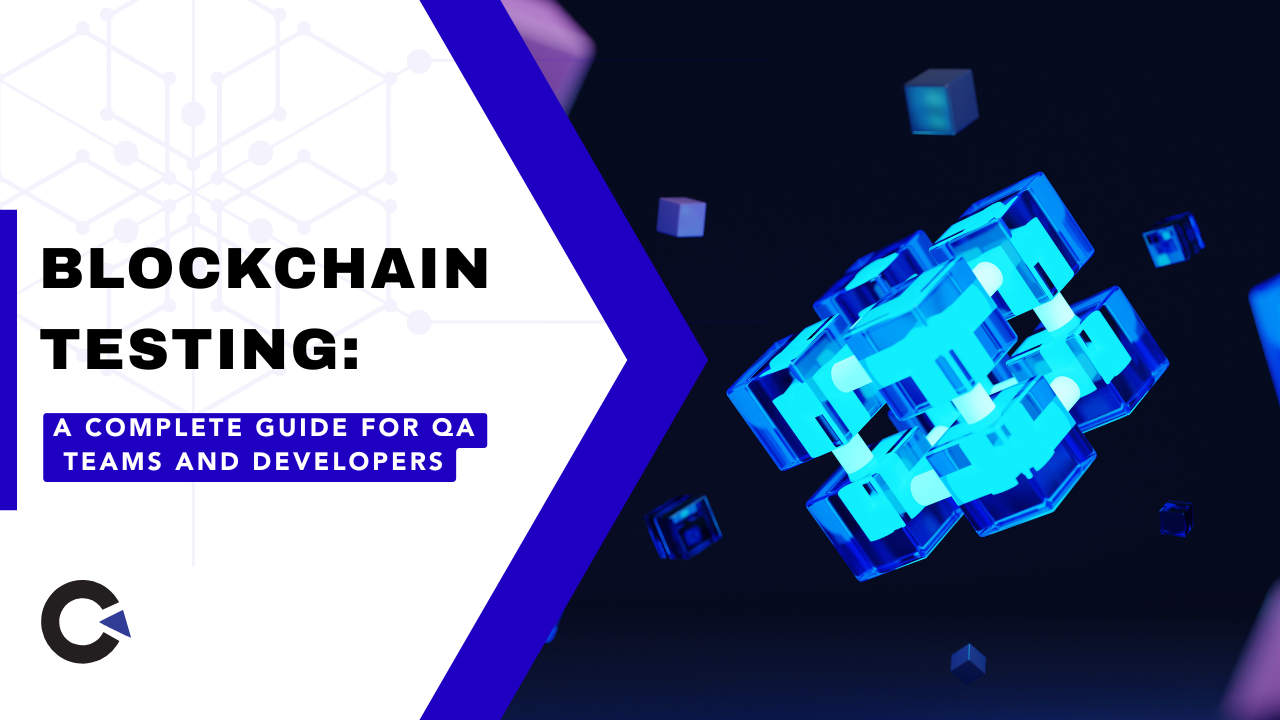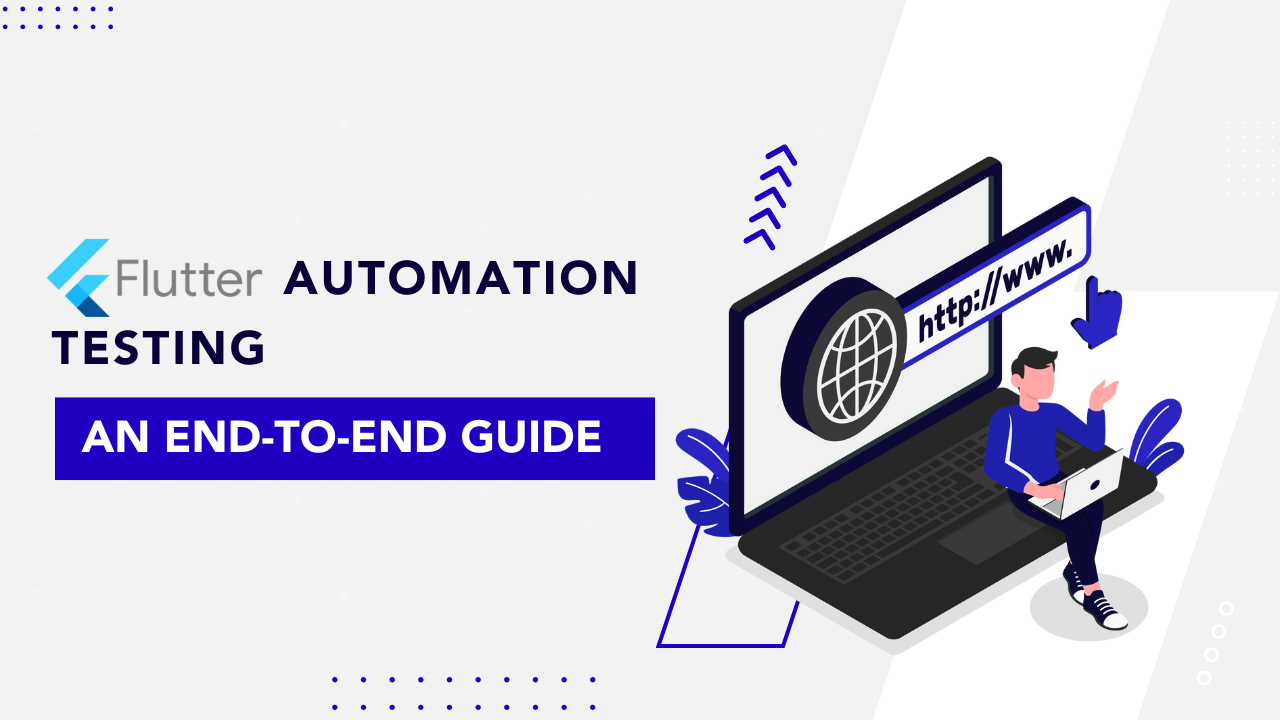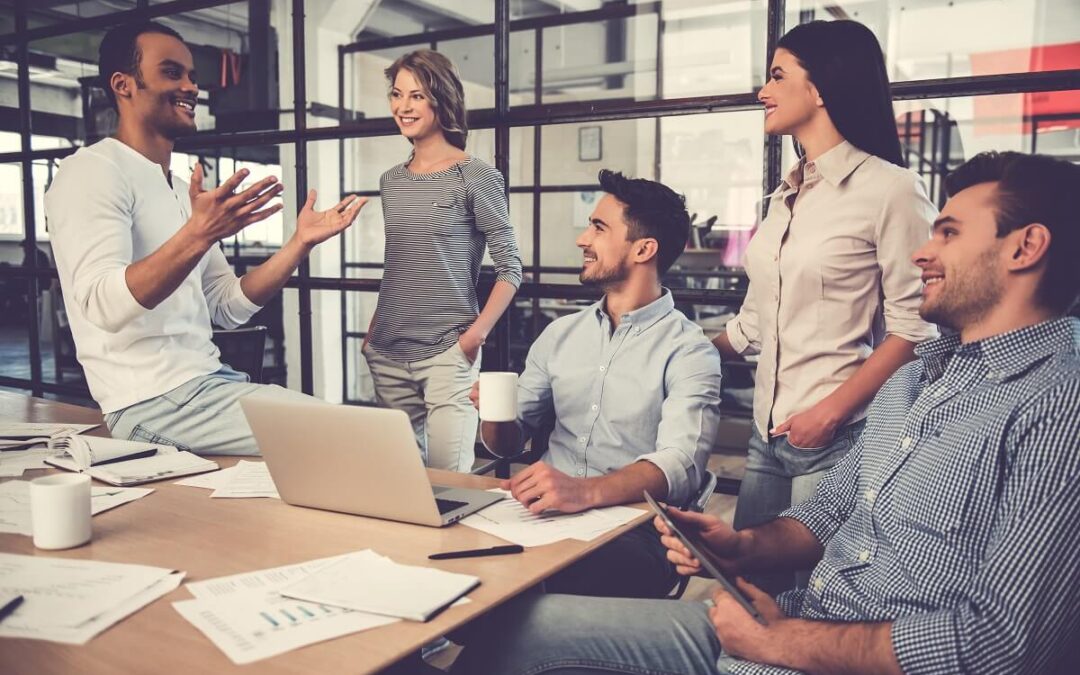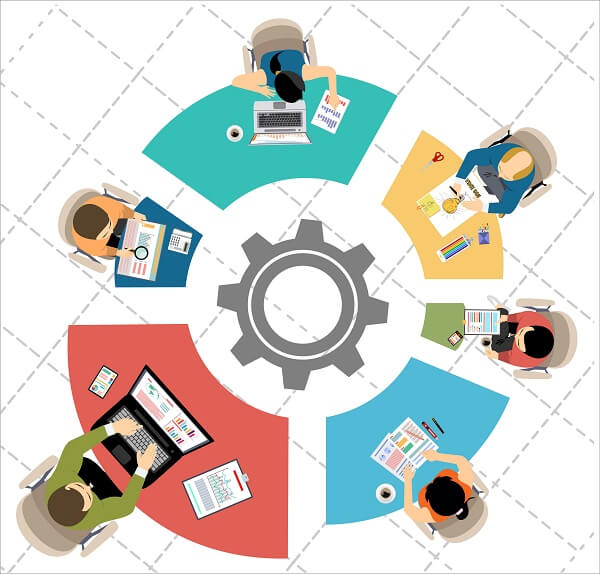
Explaining Co-located Testing Teams and Their Benefits
by admin | Jun 22, 2019 | Software Testing, Blog | 0 comments
Co-location is increasingly emerging as part of the Holy Grail in the software testing industry. A co-located structure offers key benefits when a QA Company undertakes to provide flawless code that matches and exceeds the expectations of clients. The physical proximity of software development teams and software testing teams is increasingly driving business choices owing to a number of visible, emphatic benefits. We have discussed some of the benefits of co-located teams:
Work Benefits
Some experts in the software development and testing industry aver that co-location is important for strong, productive testing teams. These personnel base their assertion on the fact that co-location improves software testing by reinforcing the scope of design discussions among team members.

In addition, co-location strengthens intra-team co-operation and co-ordination by allowing new testers to ‘learn the ropes’ and gain encouragement from experienced testers. Hence, a QA Company gains distinct benefits when co-location emerges as the mantra for software testing practices.
Faster Communication
Software testing teams that share the same location are well positioned to collaborate and share views on technical topics in real time conditions. A QA Company that co-locates its team with software development groups minimizes confusion and cuts the scope for re-work. These translate into emphatic business benefits that exert a positive impact on the bottom-line. In addition, co-located software testing teams can leverage the higher scope of communication to drive better decision making and problem solving, thereby delivering perfectly on client mandates.
Better Kick-offs
The operators of a modern software testing Company can invest in co-location practices wherein new team members can meet for the first time, gain familiarity with the group, plan and design work activities and schedules, and other such activities. Such actions, when undertaken in a single location, allow software testing personnel to gain a clear picture of client expectations and the individual capabilities of each team person.

This makes for better integration of the human capital that undertakes software testing efforts. In addition, co-location also implies better knowledge transfer mechanisms, a clear understanding of the rules of engagement, and the defined boundaries of a software development and testing project.
Support for Agile Practices
Co-located software testing systems and practices result in improved ROI for a QA Company. This benefit arises from the fact that a co-located environment provides testers and developers with a better environment for undertaking ‘Agile’ practices. Co-located testing approaches are more suited for the demands of ‘Agile’ environments, since such a model helps to resolve issues quickly, while also addressing management issues and concerns. Often, co-location also creates a significant impact on app development, thereby boosting the efforts of testers to meet and exceed client requirements.
Lower Operational Costs
Businesses often maintain a sharp eye on reigning in the costs of business operations. This objective is decidedly achieved by hosting entire software testing teams in a single location. This choice of action helps lower overhead costs and cuts recurring expenses associated with maintaining substantial technical infrastructure. Co-location also promotes the old school concept of face-to-face meetings, thereby avoiding the charges incurred by lengthy and not as efficient video conferences that would otherwise be required to connect distributed team structures.
Smoother Manpower Management
The business benefits of co-location extend to better management of software testing teams. Managers of such teams are able to broadcast the mandate speedily and effectively to software testers positioned in a co-located work environment. This promotes greater understanding among software testers and reduces the impact generated by gaps in comprehension. In addition, a QA Company gains in terms of better staff morale and higher levels of employee satisfaction in a co-located work environment.
Streamlines Product Development
Co-located software testing teams tend to work more productively and efficiently at each stage of the software development and testing process. Such teams remain immune from delays that stem from distributed team structures spread over multiple time zones. A QA Company that invests in co-location benefits from faster corrections and smoother decisions among its staff persons. These facts contribute significantly to the success of software development and testing processes in the present day.

In Conclusion
We have looked at some of the key benefits of co-location in the software testing industry. The business benefits are emphatic, as are client commendations when they peruse the work outcomes of co-located work teams. The appreciation from industry observers appears to reinforce these impressions, which has resulted in companies seeking vendors that promote co-location practices. Connect with us to experience fast, efficient, and transparent processes resulting from our co-located teams working round the clock.


































